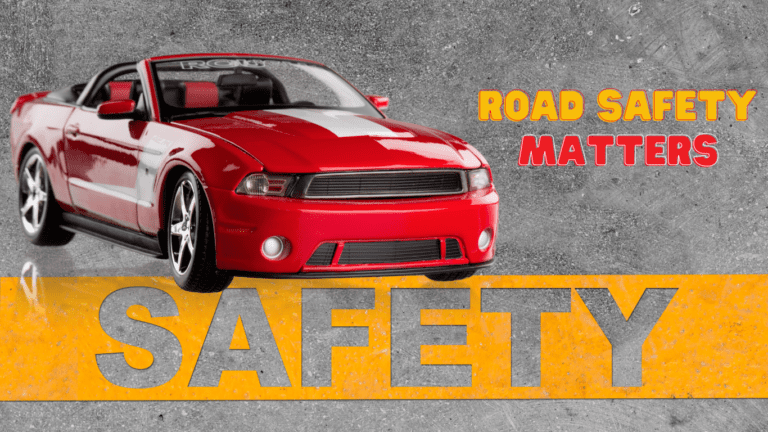Road Safety Matters: Opinions from a Colorado Official on Cannabis and Driving (Op-Ed)

Introduction: Navigating the Intersection of Cannabis and Driving
In the evolving landscape of cannabis legalization, the issue of driving under the influence remains a critical concern. While cannabis acceptance has grown, driving high still poses significant risks. As we approach 4/20 festivities, it’s crucial to address common questions and misconceptions surrounding cannabis use and driving to ensure safety on our roads.
Understanding Impairment: Guidelines for Driving After Cannabis Use
Cannabis Consumption and Wait Times: A General Guide
Determining when it’s safe to drive after using cannabis varies from person to person. However, there are general guidelines to consider:
- Wait at least six hours after smoking cannabis containing less than 35 milligrams of THC.
- Wait at least eight hours after consuming cannabis products containing less than 18 milligrams of THC.
Combining cannabis and alcohol intensifies impairment effects, leading to heightened risks on the road. Research indicates increased likelihood of risky behavior when both substances are used together. Given the rising trend of impairment-related fatalities, caution is paramount.
Legal Limits and Assessing Impairment
Colorado sets the legal driving limit for THC at 5 nanograms per millimeter of blood. However, interpreting cannabis intoxication remains complex. Law enforcement assesses impairment through roadside evaluations, emphasizing observable signs over THC blood levels.
Unlike alcohol, cannabis affects individuals unpredictably, complicating impairment assessment. Subjective experiences vary, making it challenging for users to gauge impairment levels accurately. Our recommendation: refrain from driving if you’ve consumed any THC or impairing substances.
Dispelling Misconceptions: Clarifying Legal and Practical Realities
Contrary to common belief, residual THC from regular cannabis use doesn’t necessarily result in a DUI. Law enforcement focuses on active THC during impairment investigations, not residual levels. Additionally, blood tests occur post-DUI arrest, based on visible impairment signs.
Determining safe consumption levels for driving can be uncertain, particularly with microdosing. Given THC’s impact on reaction time and cognitive functions, driving while under its influence poses substantial risks. Opting for alternative transportation methods is advisable.
Conclusion: Prioritizing Safety on the Roads
As 4/20 approaches, prioritizing road safety amid cannabis celebrations is paramount. Utilizing available resources, planning alternative transportation, and understanding the nuances of impairment are vital steps. Together, we can ensure safe roads for all.
For more information and resources on cannabis-impaired driving, visit CDOT’s DriveHighDUI.com website and YouTube channel. Take advantage of CDOT’s partnership with Learn Brands for a free interactive cannabis-impaired driving safety course.
Glenn Davis is the highway safety manager at the Colorado Department of Transportation’s (CDOT) Highway Safety Office. With extensive experience in impaired driving initiatives, Glenn collaborates closely with Colorado’s cannabis community to promote road safety.











